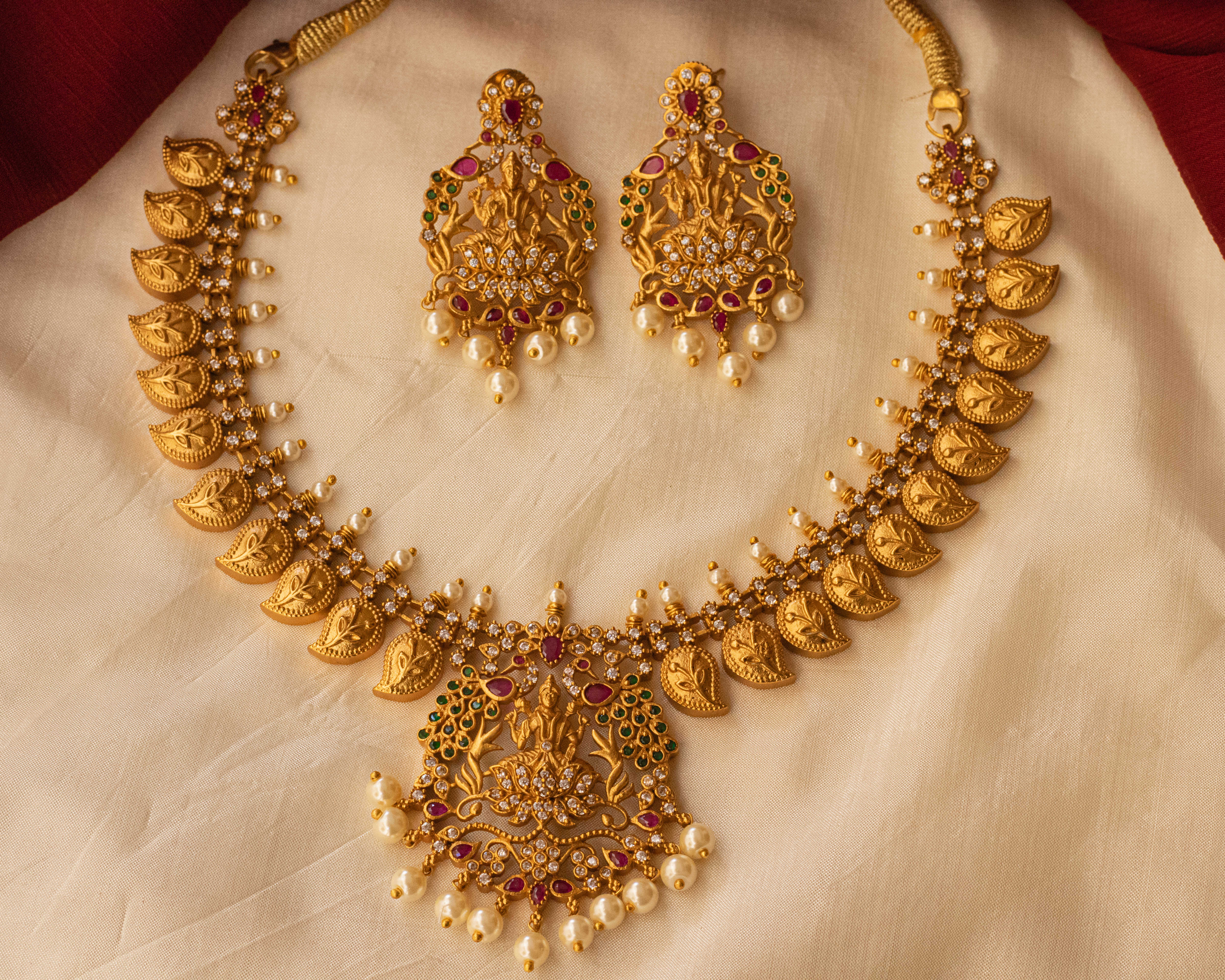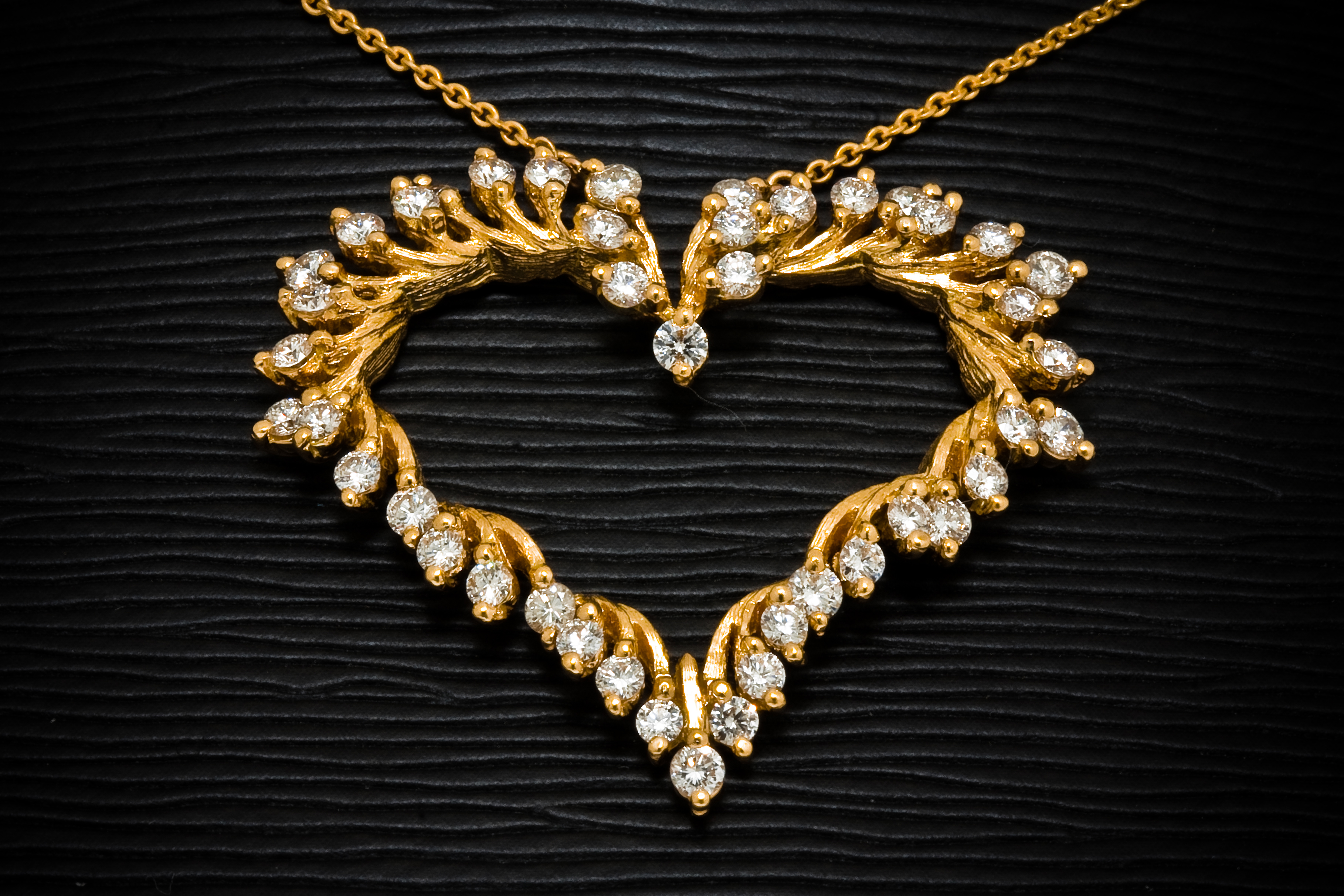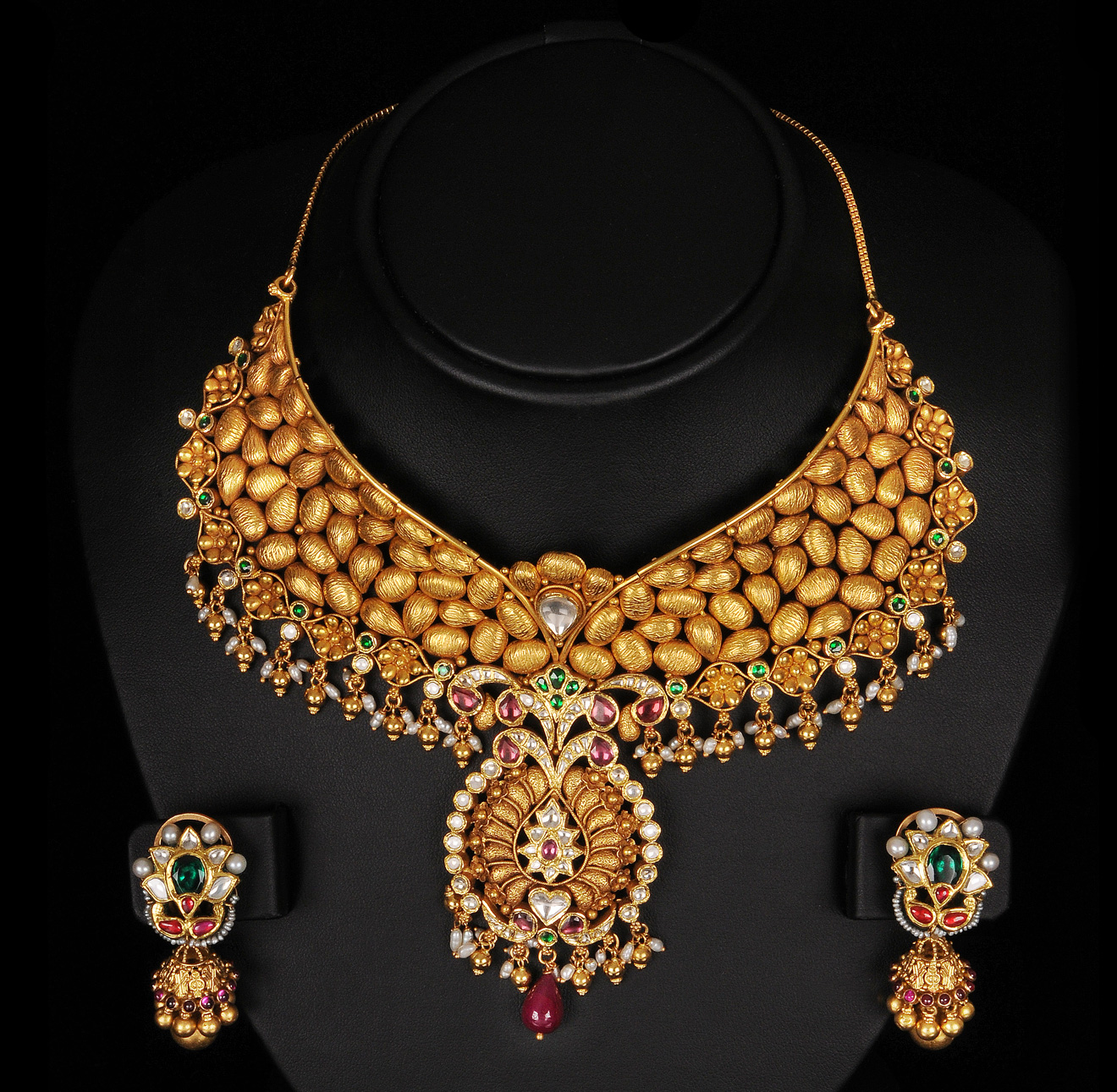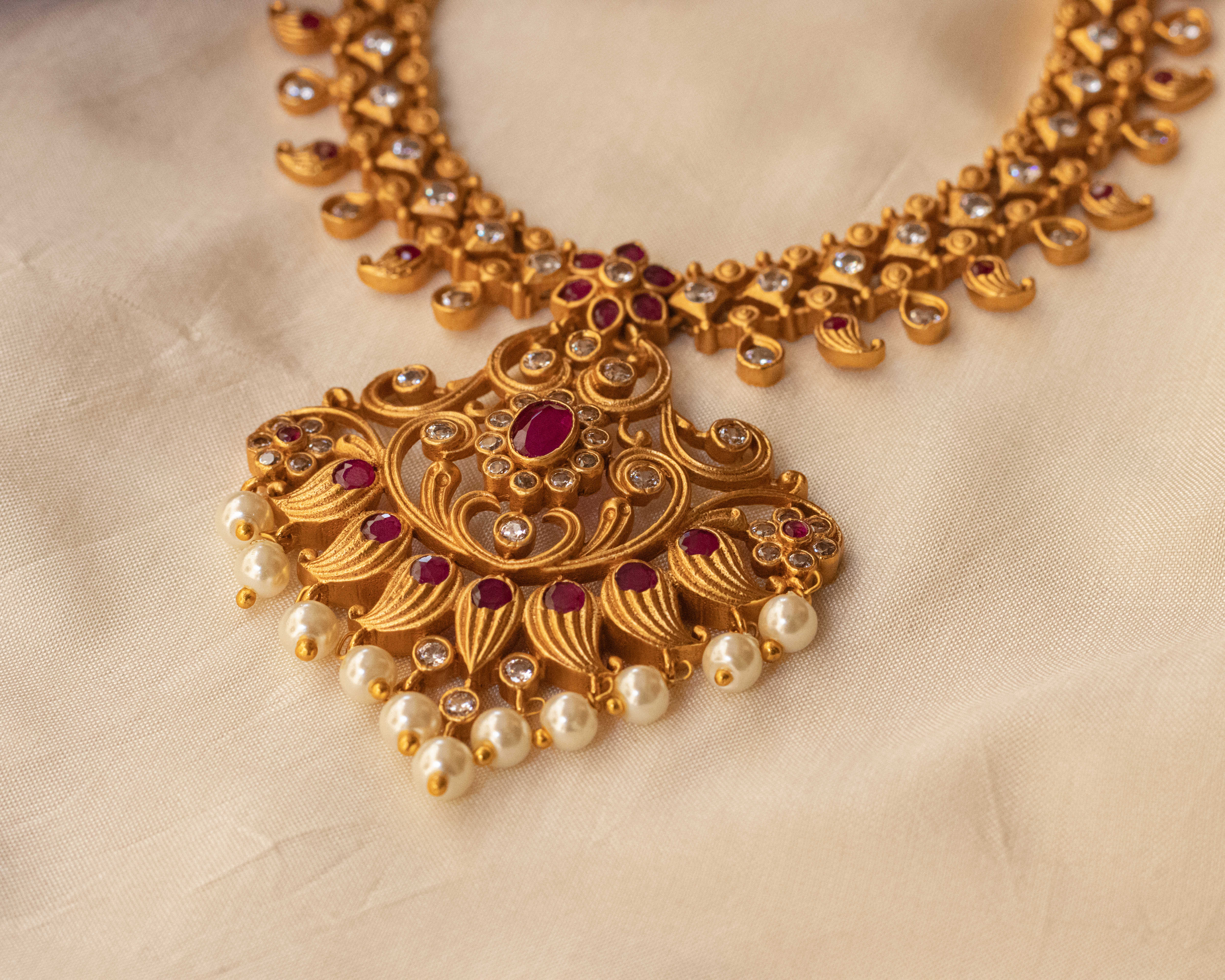
Introduction
Jewelry design is the art and profession of creating jewelry pieces that are not only aesthetically pleasing but also reflect the wearer's personality and style. It involves a combination of creativity, technical skill, and a deep understanding of materials and techniques. In this article, we will explore the world of jewelry design, from its history and evolution to the process of creating unique and stunning pieces.

The History of Jewelry Design
Jewelry design has a rich and fascinating history that dates back thousands of years. From ancient civilizations to modern times, jewelry has been an integral part of human culture. The earliest known jewelry pieces were made from natural materials such as shells, bones, and stones. Over time, as civilizations progressed, jewelry designs became more intricate and sophisticated, incorporating precious metals and gemstones.
During the Renaissance period, jewelry design reached new heights, with highly skilled artisans creating intricate pieces for royalty and the elite. The Art Nouveau movement in the late 19th and early 20th centuries brought a new wave of innovative designs, characterized by flowing lines and nature-inspired motifs.

The Evolution of Jewelry Design
As society and fashion trends evolved, so did jewelry design. In the 20th century, modernist jewelry emerged, focusing on bold shapes and unconventional materials. The Art Deco movement of the 1920s and 1930s introduced geometric patterns and vibrant colors, while the mid-century modern style embraced simplicity and clean lines.
Today, jewelry design is a blend of traditional craftsmanship and contemporary aesthetics. Designers experiment with various materials, techniques, and styles to create unique pieces that appeal to a wide range of tastes. From delicate and minimalist designs to bold statement pieces, there is something for everyone in the world of jewelry.

Materials Used in Jewelry Design
Jewelry designers have a wide array of materials to choose from when creating their pieces. Precious metals such as gold, silver, and platinum are commonly used due to their durability and timeless appeal. These metals can be molded and shaped into intricate designs, allowing for endless possibilities.
Gemstones, both precious and semi-precious, are another essential component of jewelry design. Diamonds, rubies, emeralds, and sapphires are among the most sought-after gemstones, prized for their beauty and rarity. Other gemstones like pearls, opals, and amethysts offer unique colors and textures, adding depth to any design.

The Process of Jewelry Design
Creating a piece of jewelry involves several stages, starting from the initial concept to the final product. It begins with brainstorming and sketching ideas, translating thoughts into visual representations. Designers often seek inspiration from nature, art, and fashion trends to develop unique and innovative designs.
Once the design is finalized, the next step is selecting the materials and gathering the necessary tools. Jewelry designers employ a range of techniques, including casting, soldering, stone setting, and polishing, to bring their vision to life. Attention to detail and precision are crucial in ensuring the quality and durability of the final piece.

Trends in Jewelry Design
Jewelry design is influenced by current fashion trends and cultural shifts. In recent years, there has been a growing demand for sustainable and ethical jewelry, with designers using recycled metals and ethically sourced gemstones. Minimalism and geometric shapes have also become popular, reflecting a desire for simplicity and versatility.
Personalization has emerged as a significant trend in jewelry design, with customers seeking pieces that reflect their individuality. Customization options, such as engraving or incorporating birthstones, allow people to create truly unique and meaningful jewelry.

Choosing the Right Jewelry Design
When selecting a piece of jewelry, it's essential to consider personal style, occasion, and budget. Different designs evoke different emotions and can enhance or complement an outfit. For formal events, timeless and elegant designs, such as diamond stud earrings or a simple pendant necklace, are often preferred. On the other hand, for casual everyday wear, delicate and minimalist pieces may be more suitable.
Ultimately, the right jewelry design is one that resonates with the wearer and makes them feel confident and beautiful. Whether it's a classic piece that will stand the test of time or a trendy statement piece, jewelry has the power to express individuality and tell a personal story.